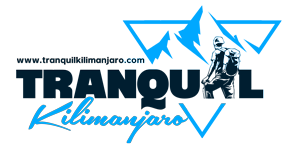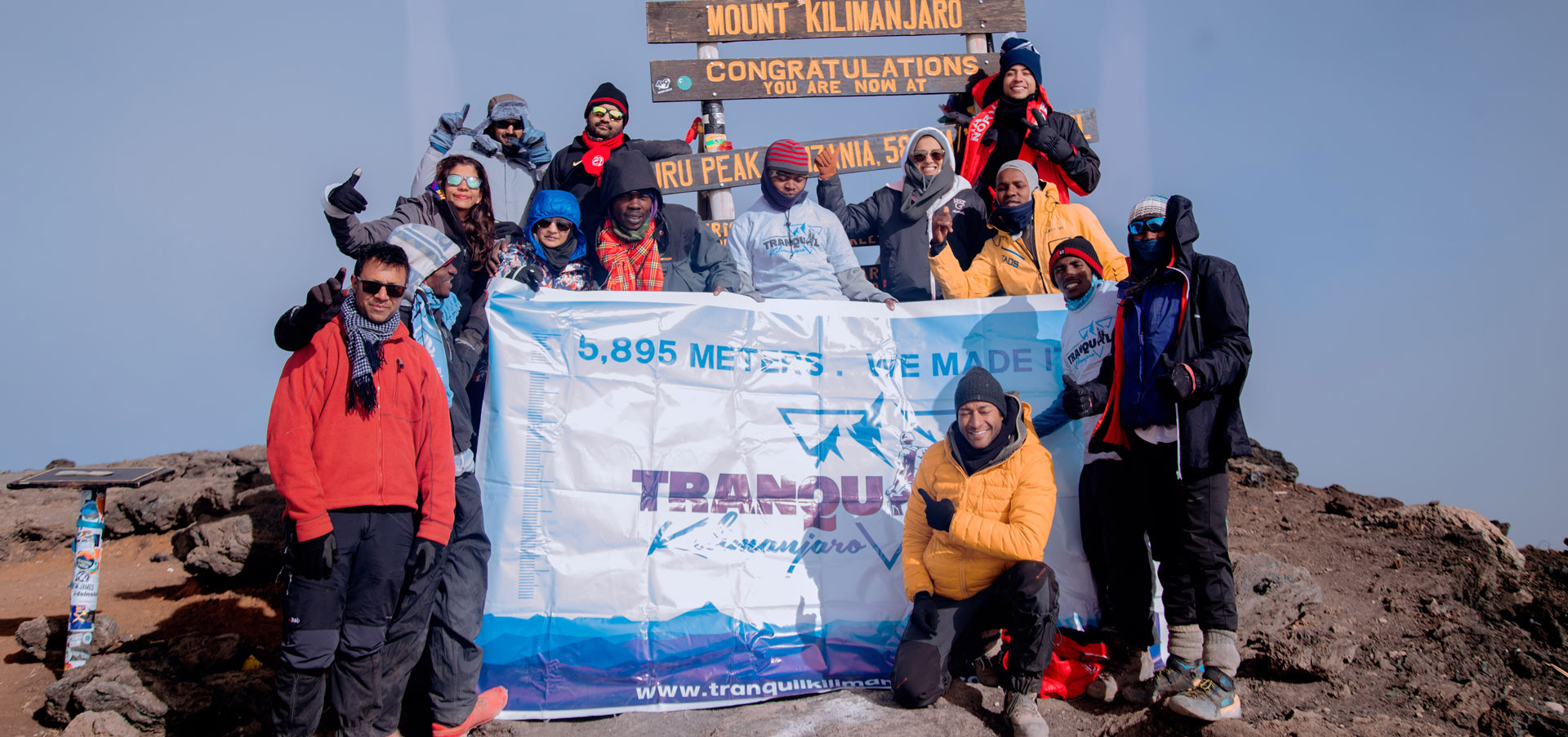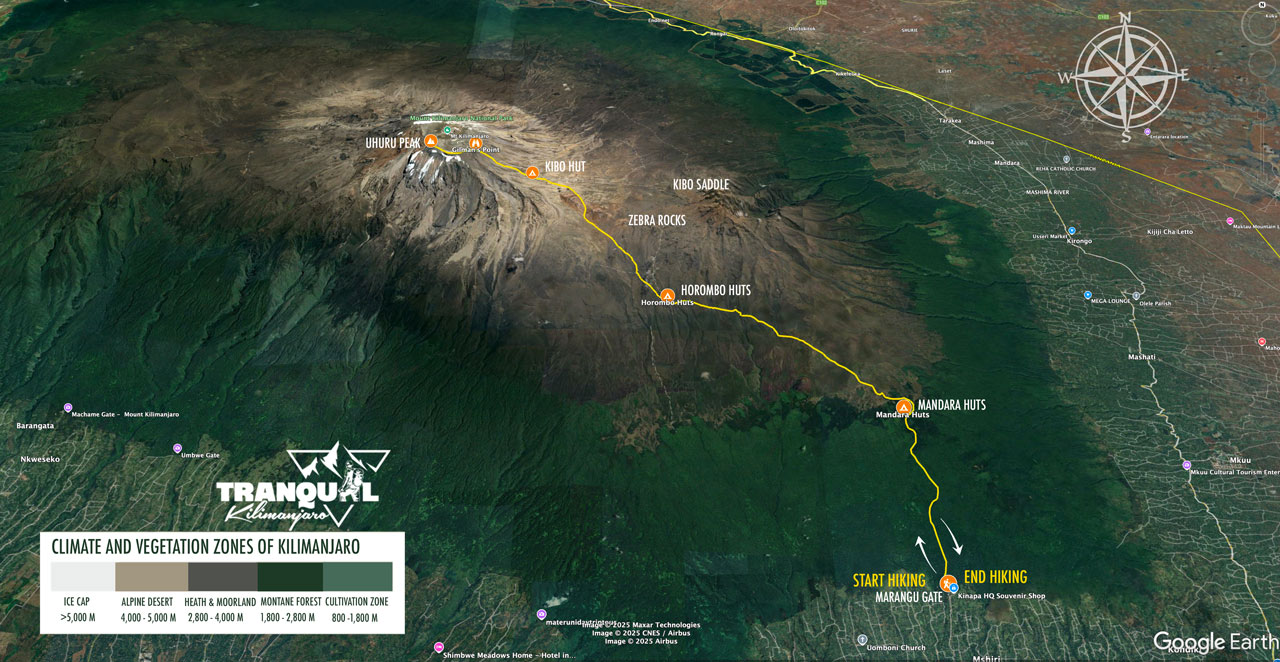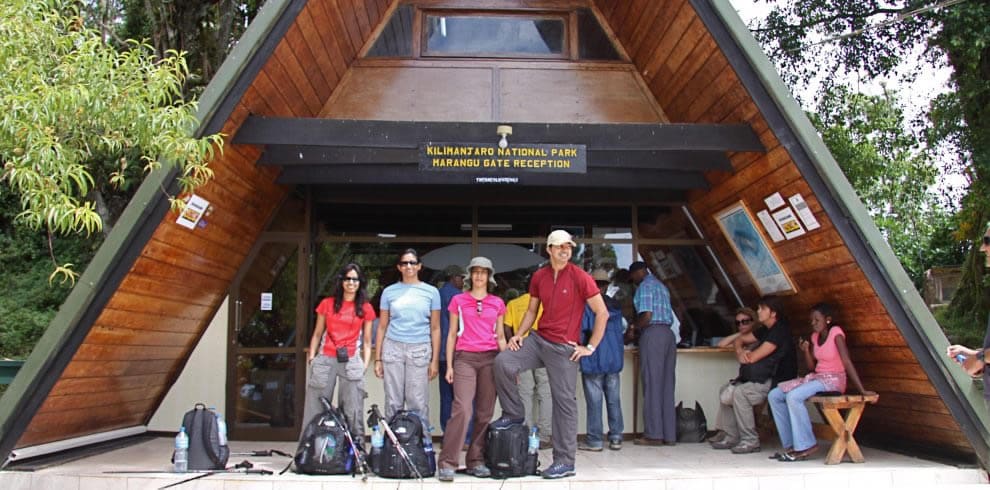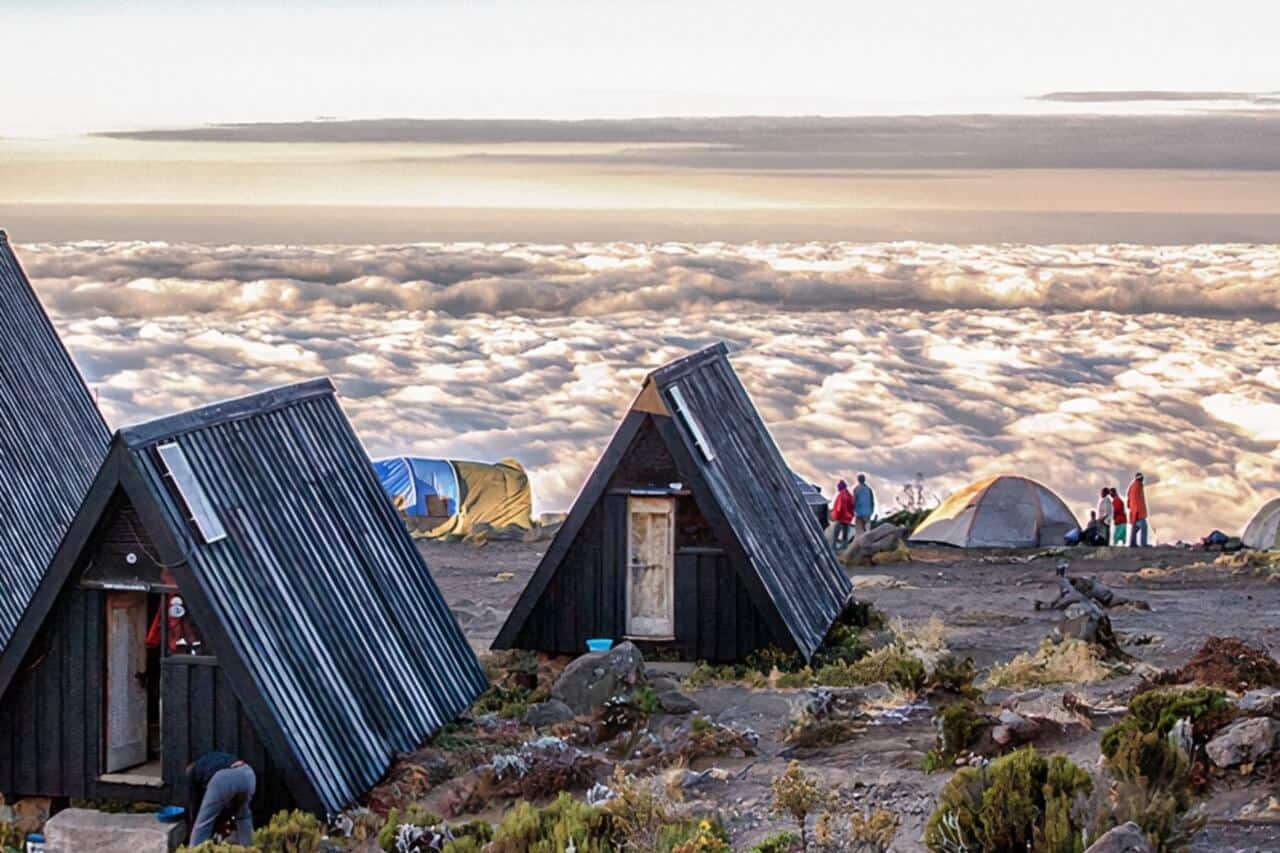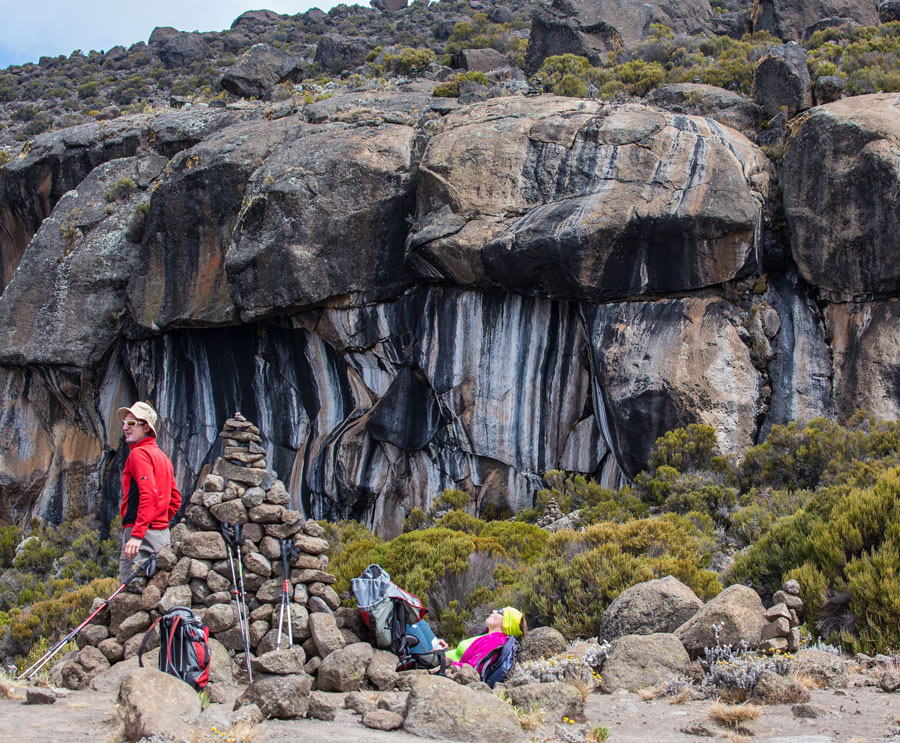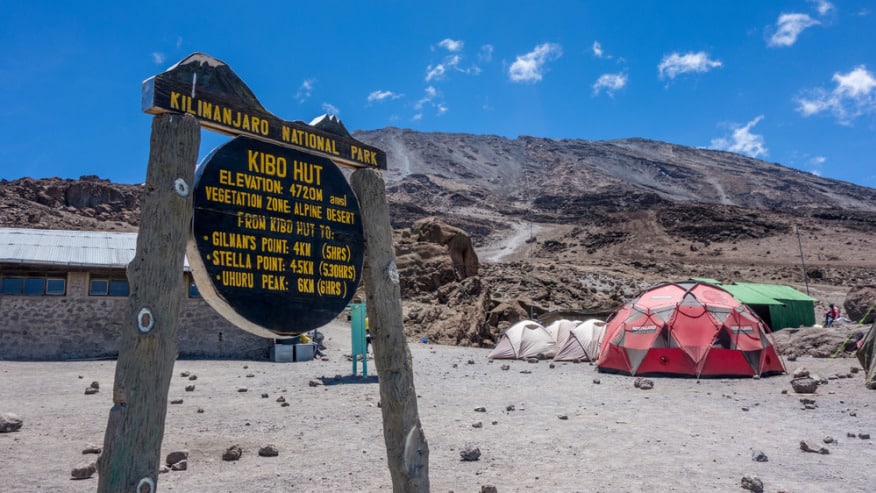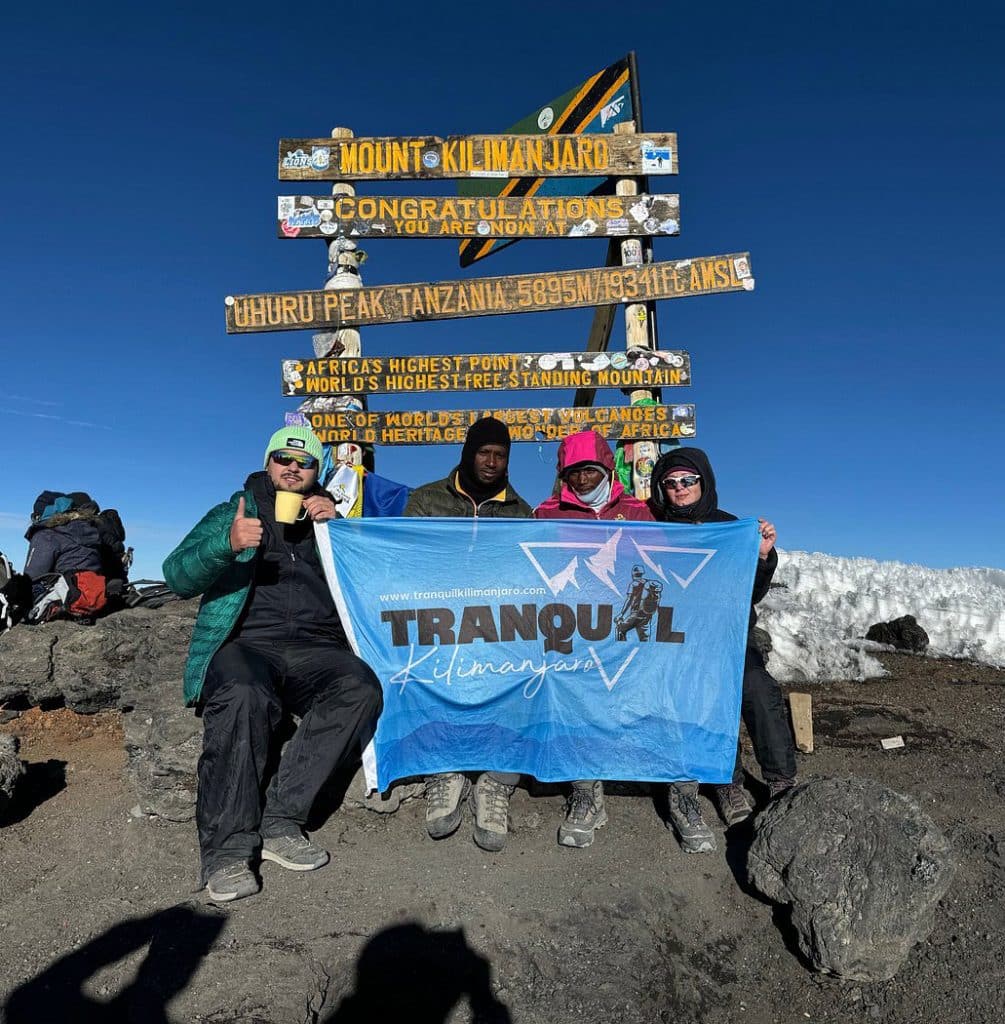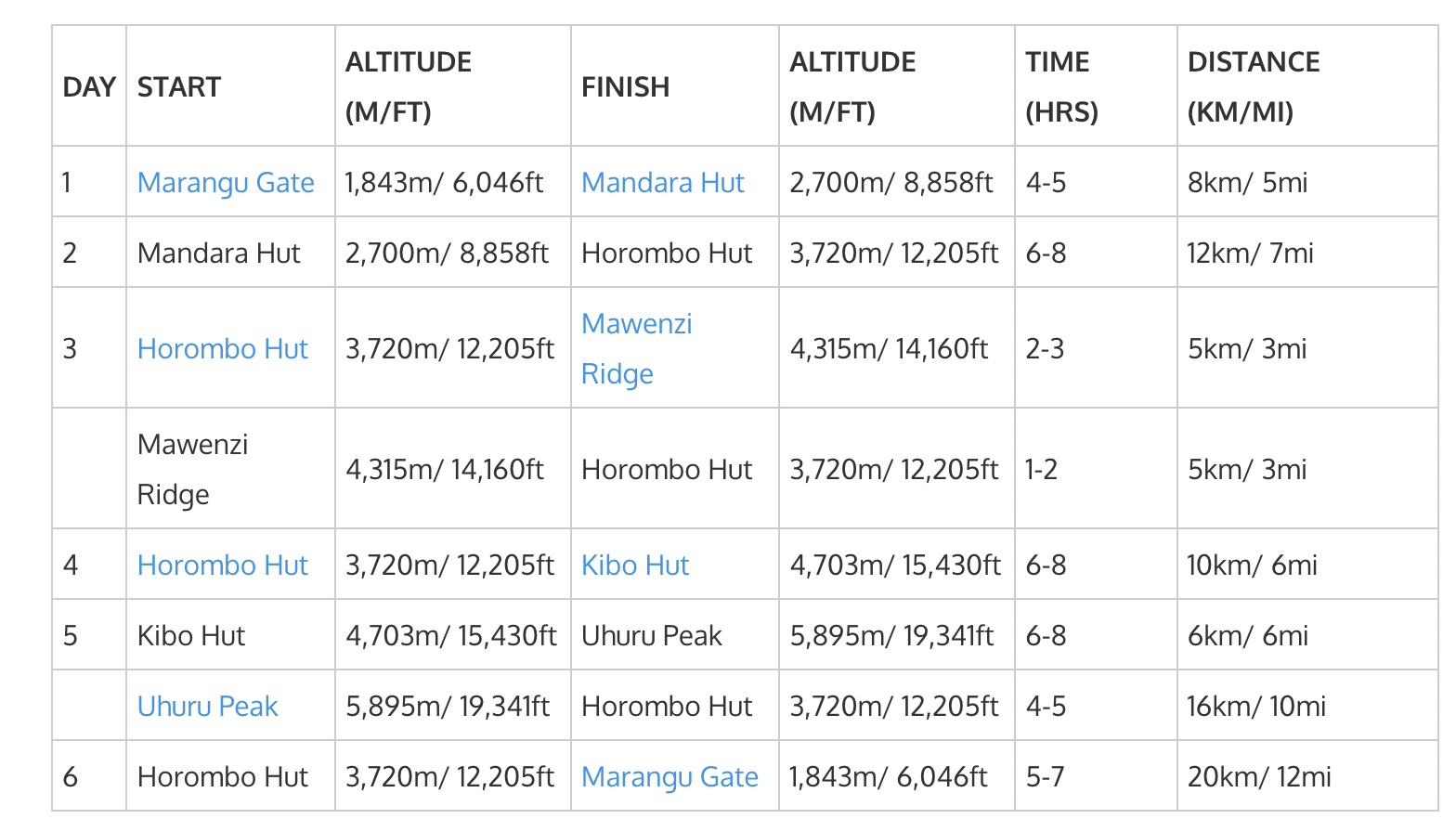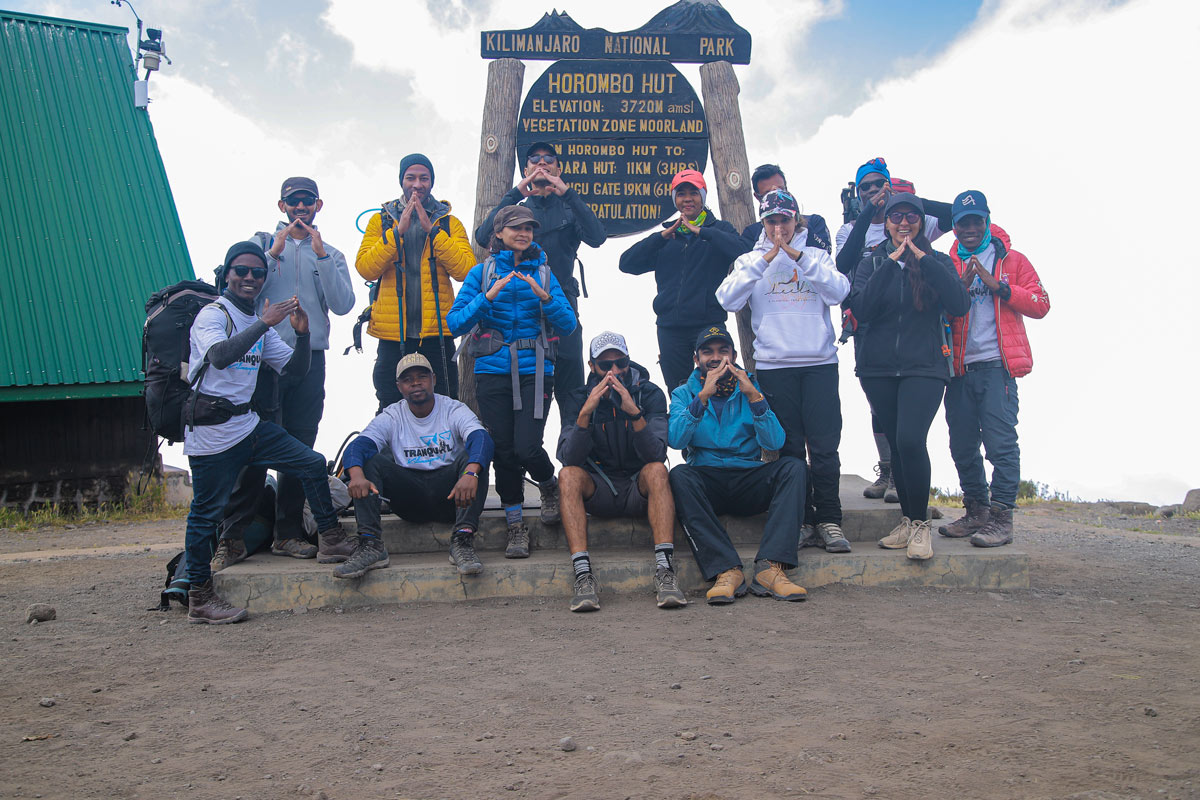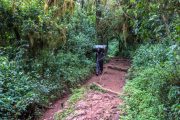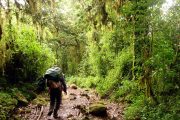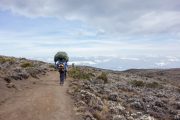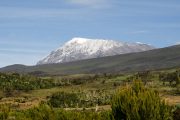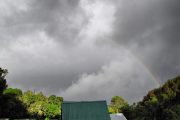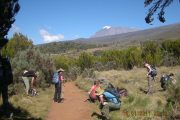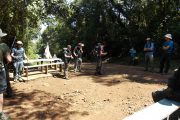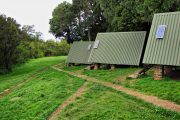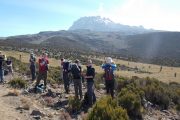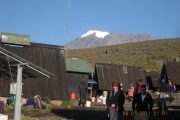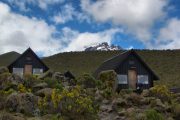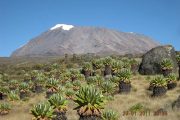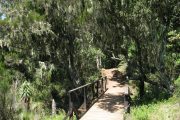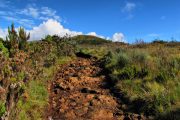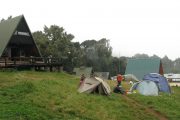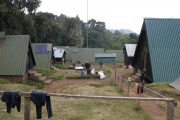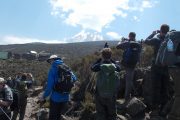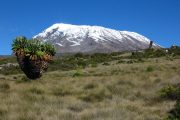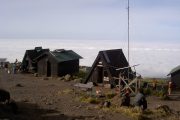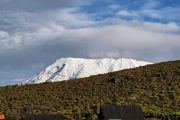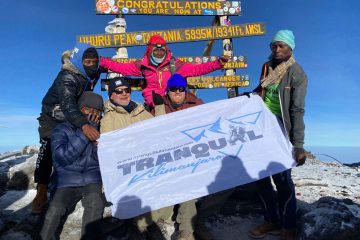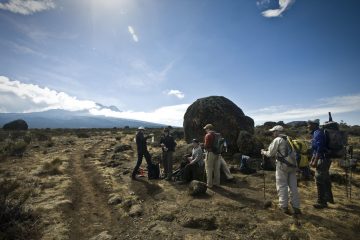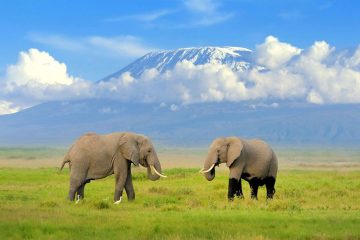Difficulty
Contrary to popular belief, this route is considered difficult due to the rapid ascent, particularly on the 5-day itinerary where acclimatization issues are common. The 6-day option is somewhat less challenging, but a good fitness level is still essential. For preparation advice or a training plan, check out our training program here (link).
Food & Drink
Proper nutrition is crucial on your climb, particularly when altitude diminishes your appetite. Our head chef has crafted menus that are enticing, nutritious, and energy-boosting. Fresh fruits and vegetables are daily staples, with meat available at the trek’s start and resupplied at Horombo Huts on southern routes. After summiting, enjoy an “All Day English Breakfast” at Kibo hut, tailored to your egg preference. Before leaving, taste local Tanzanian dishes like Njegere and Machalari.
Breakfast: Hearty with porridge, sausage, eggs, toast, and hot drinks like tea, coffee, or hot chocolate. If you’re still hungry, let your guide know; our cooks prepare extra to ensure everyone is well-fed.
Lunch: Either packed for your day pack or a hot meal depending on your schedule. Typically includes a boiled egg, sandwiches, chicken, crisps, a snack bar, fruit, and a drink.
Afternoon Tea: Served upon arriving at camp, featuring hot drinks, peanuts, popcorn, biscuits, and snacks for energy replenishment.
Dinner: Filling with a soup starter, main courses like chicken curry or spaghetti bolognese, veggies, and carbs like rice or potatoes, followed by desserts such as pancakes or banana fritters with maple syrup or Nutella.
Accommodation
Your itinerary outlines your hotel stays and meal plans, all based in Moshi for pre- and post-climb. Safari-goers will have accommodations in Arusha to minimize travel. Remember, Tanzania’s infrastructure might lead to occasional power and water cuts, impacting hot shower availability.
On the Mountain: The Marangu route has huts, not tents. Rooms are small, bunk-bed for four, except at Kibo where it’s dormitory-style. Mattresses and pillows are provided, but bring your sleeping bag. Solar lighting is available, no electrical outlets, and meals are in an indoor dining area. Bathrooms have cold running water at Mandara and Horombo, with more basic facilities at Kibo.
Transport
We ensure high-quality vehicles and drivers for all transfers. Note that rear seatbelts aren’t mandatory in Tanzania, but we strive to use vehicles with them. If you’re unhappy with the vehicle or driving, speak up immediately. Police checks are routine and not indicative of vehicle or driver issues.
Luggage
Climbing Bag Weight: A strict 15kg limit per porter, including your sleeping bag. Bags are weighed at the hotel; excess weight requires leaving items or hiring additional porters at $25/day.
Plastic Bag Ban: Since June 1, 2019, single-use plastic bags are banned in Tanzania. Use sustainable packing alternatives. Airport security still allows zip-lock bags for liquids.
How Do I Get There?
From the UK or US, fly into Kilimanjaro International Airport (JRO). KLM offers direct flights from major cities with a stopover in Amsterdam. Our tours start in Moshi, a short drive from JRO, where we arrange transport. Plan a rest day post-flight. Nairobi connections are not recommended due to reported inconveniences. Turkish Airlines, Emirates, and Qatar provide good service from North America. For further travel, consider flights to Zanzibar from Dar es Salaam for a post-climb beach holiday.
Travelling Responsibly
We offset trip-related carbon emissions as of 2025, excluding flights. Use our provided eCO2 calculator to offset your flight’s carbon footprint.
Fitness and Training
Read our Kilimanjaro Training Guide for tips on physical preparation.
Budget & Change
The Tanzanian Shilling isn’t available outside Tanzania; bring new, crisp US dollars. Use ATMs or airport exchange for local currency. Inform your bank about international card use to avoid issues.
Tips
Following Kilimanjaro Porters Assistance Project guidelines, recommended tips are $6-10/day per porter, $20/day for guides, $12-15/day for assistant guides and cooks per group. Extra tips for summit night porters are appreciated, around $20. Tips are announced and distributed on the last night on the mountain.
Leave No Trace Adventure
At Tranquil Kilimanjaro, we prioritize environmentally friendly treks. Our aim is to leave Kilimanjaro cleaner than we found it. A dedicated team ensures no waste is left by our climbers or crew, and we pick up litter from other groups, preserving the mountain’s pristine condition like in the times of Hans Meyer and Ludwig Purtscheller, the first Europeans to summit.
We minimize plastic use; for instance, the packaging for the first day’s lunchboxes is compostable, sourced from Vegware, a UK-based eco-friendly packaging company.
Safe Storage of Luggage
We understand not all your items are needed for the climb, like extra clothes, electronics, and documents. We recommend taking only essentials for the trek and storing the rest in our trusted facilities or hotel storage.
Dedicated Support Team
Booking with Tranquil Kilimanjaro means your tour is managed by over 200 professionals committed to your experience. Our team specializes in various aspects from reservations to logistics, ensuring a seamless journey with hotel, transfer, and other support teams.
Our travel consultants are available 24/7 via multiple communication methods to address your concerns promptly, regardless of time zones.
All Park Fees (All inclusive treks)
Tranquil Kilimanjaro’s trips include all park fees, covering camping, conservation, rescue, crew, and sometimes forest fees, accounting for roughly half the trip’s cost, which explains the higher expense compared to other destinations.
Professional Guides and Porters
Your adventure is guided by experts with at least seven years of experience, knowledgeable about Kilimanjaro’s terrain, history, and ecology. They’re not only guides but also storytellers, providing insights while respecting your desire for solitude.
Skilled Expedition Team
Our guides are backed by porters, camp managers, and chefs who set up camp, manage logistics, and prepare nourishing meals for your well-being.
